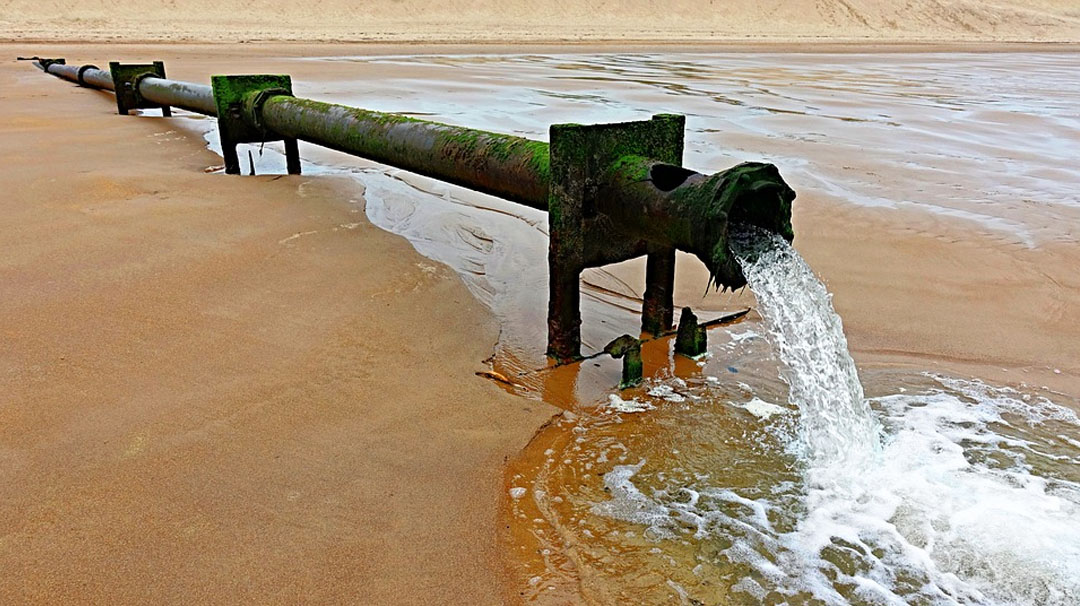
Municipal sewage treatment plants are designed to collect and treat waste waters from residences, commercial establishments, and industries within a given municipality. The effluent from municipal sewage treatment plants is discharged into receiving waters, such as lakes, rivers, and oceans.
There are three main types of municipal sewage treatment processes: primary, secondary, and tertiary.
Primary treatment removes suspended solids from wastewater by making use of physical processes, such as settling and skimming.
Secondary treatment destroys pathogens and further removes suspended solids by making use of biological processes, such as aerobic or anaerobic digestion.
Tertiary treatment polishes the treated effluent by making use of physical or chemical processes, such as adsorption, flocculation, and disinfection.
Municipal sewage treatment plants vary in size and complexity, depending on the wastewater flow rate and pollution content. The technology used in municipal sewage treatment also varies depending on the type of waste to be treated. However, all municipal sewage treatment plants make use of some form of primary, secondary, and tertiary wastewater treatment process.
Suspended Solids Removal – The primary goal of primary wastewater treatment is the removal of pollutants that can be physically separated from the water through settling or skimming. This separation is usually accomplished by allowing the water to remain still for a period of time (a process known as sedimentation) so that heavier particles can settle to the bottom while lighter particles float to the top. The solid waste that settles to the bottom is then removed and disposed of while the lighter waste that floats to the top is skimmed off and also removed. Typically, primary wastewater treatment can remove between 30 to 50 percent of suspended solids from water.
Biological Treatment – The secondary stage of wastewater treatment employs biological processes to further remove suspended solids and destroy pathogens. This stage is often referred to as “biological degradation” because it uses microorganisms to break down organic matter in water through aerobic or anaerobic digestion.
Aerobic digestion is a process that uses oxygen to break down organic matter while anaerobic digestion occurs in the absence of oxygen. In general, aerobic processes are more efficient than anaerobic processes but require more energy to operate. As a result, most municipal sewage treatment plants make use of a combination of both aerobic and anaerobic processes.
Secondary wastewater treatment can remove between 85 to 95 percent of suspended solids from water.
Tertiary Treatment – The tertiary stage of wastewater treatment is designed to polish the treated effluent by removing any remaining suspended solids or dissolved substances that were not removed in the primary or secondary stages. This step is often referred to as “advanced wastewater treatment” because it employs physical or chemical processes that go beyond those used in primary and secondary wastewatertreatment.
Some common tertiary treatments include adsorption (the process of using materials like activated carbon to remove dissolved substances from water), flocculation (the process of using chemicals to form larger particles so they can be more easily removed), and disinfection (the process of using chemicals like chlorine or ultraviolet light to kill pathogens). While tertiary wastewater treatment can remove up to 99 percent of all pollutants from water, it is typically only employed when secondary treatment is not enough to meet discharge standards set by regulatory agencies.
Municipal sewage treatment plants are designed to collect and treat waste waters from residences, commercial establishments, industries within a municipality before releasing it into receiving waters like lakes rivers and oceans. There 3 types main types if municipal sewage treatments which are primary ,secondary ,tertiary .To understand more about this read full blog here .
Abuot Jiangsu Peier membrane
Jiangsu Peier membrane corp.,Ltd(Stock Code: 836744) was established in 2007 with a registered capital of 48 million Yuan, referred to as “Peier membrane industry”.
It is a high-tech enterprise focusing on the R&D, production, manufacturing and service of MBR flat sheet membrane products. Its Peier Product category as below:
- Flat Sheet Membrane Element
- Flat Sheet Membrane Element-Single Nozzle
- Flat Sheet Membrane Element-Double Nozzle
- Flat Sheet Membrane Element-3D Soft Support
- Flat Sheet Membrane Element-Renovated Membrane
- Flat Sheet Membrane Module
- Flat Sheet Membrane Module-Module-Single Nozzle
- Flat Sheet Membrane Module-Module-Double Nozzle
- Flat Sheet Membrane Module-2S(Double Deck)
- Flat Sheet Membrane Module-3S(High Flux)
- Flat Sheet Membrane Module-Mini Module
- MBR System
- MBR System-Laboratory Test Equipment
- MBR System-Pilot Equipment
- MBR System-Package System
Peier membrane always adheres to R&D and cooperation with well-known universities at home and abroad, such as Tsinghua University, Sydney University, Nanjing University of technology, Changzhou University and Jiangnan University.
It is the editor in chief of the national industry standard HY/T252-2018 “submerged flat membrane element for water treatment”.
At present, it has 6 invention patents, 46 new utility patents, 1 appearance patent and 4 software works.